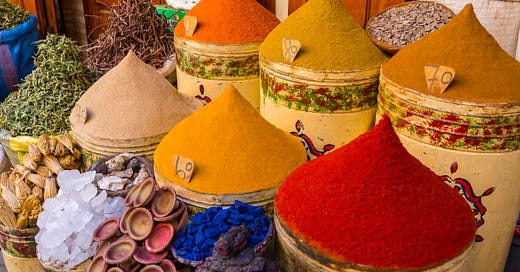Formerly known as Amsterdam Commodities, Acomo NV is a Dutch group of companies that sources, trades, processes, packages and distributes conventional and organic ingredients for the food and beverage industry. Its range comprises more than 600 products sold in more than 100 countries; end customers are the food producers, wholesalers, retail (schools, …
© 2025 Mr Market Miscalculates
Substack is the home for great culture



